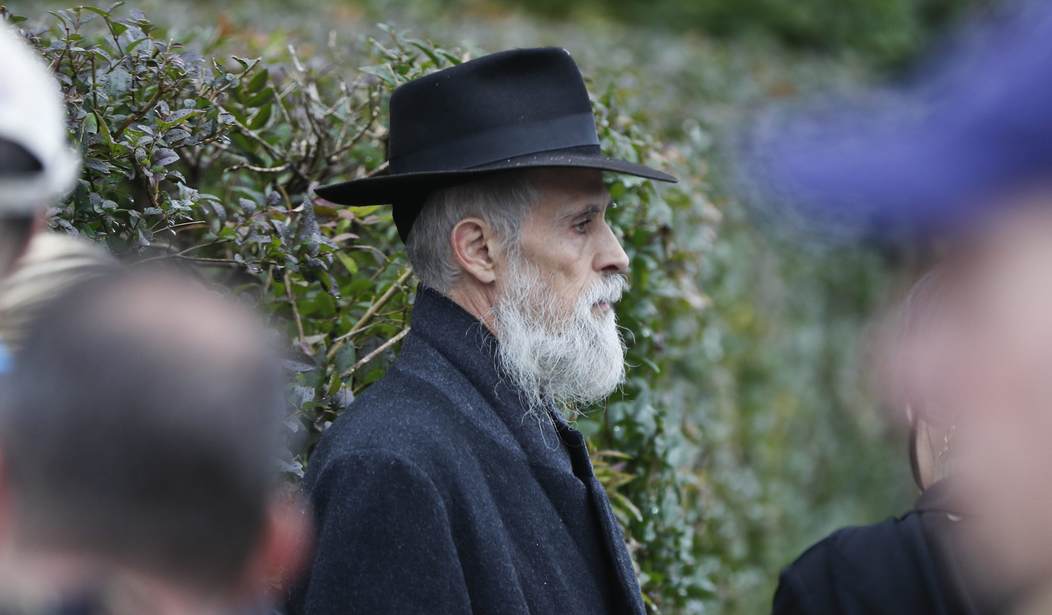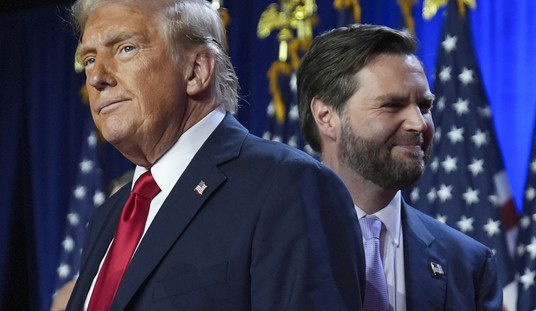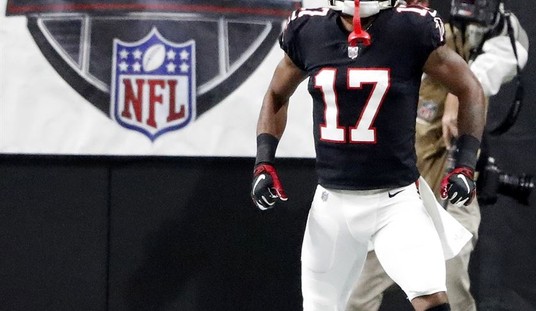In the wake of the latest mass shooting on Saturday at a synagogue in Pittsburgh, Pennsylvania, the national dialogue over gun control is once again reinvigorated, and this article aims to evaluate modern conservative and liberal proposals to stop mass shootings. First, though, it is important to clarify three arguments this article will not address:
First, this article will not address the common conservative notion that the Second Amendment was written to prevent a tyrannical government from subjugating a nation, and not to protect civilians from being the victims of crime and terror. The reason for this is simple: Not only would it be entirely speculative to contend that an armed American populous could fight off the U.S. military with their vastly superior weaponry and training as they stand today, but even should that be true, the conclusion is that guns are then simply a necessary evil and mass shootings are a cost that must be tolerated.
Second, this essay will not address the argument that firearms are necessary for hunting. As an avid hunter, my concealed carry pistol serves me no use for hunting, nor does my shotgun need to hold more than three shells. As much as I love my AR-15 and do in fact use it for hunting, I could absolutely make do with a traditional fixed-magazine rifle. As such, I find this argument of little value in this conversation.
The last point that I will not address is whether the Founding Fathers envisioned the capabilities of modern weaponry when writing the Second Amendment. Despite my absolute adoration for Thomas Jefferson and the Founding Fathers, they were human beings capable of and limited to the same organic thoughts as any other person, so even should they have intended for civilians to own automatic weapons and tanks, that is not to say that such rights would still be necessary or proper centuries later.
Defining a Mass Shooting
The first critical nuance in discussing mass shooting is to actually define a mass shooting. The Congressional Research Service (CRS) and the Federal Bureau of Investigation (FBI) define this as an event where four or more people are killed with a firearm, a definition which includes gang-related crime, domestic and family violence, and similar cases which are not traditionally thought of as “mass shootings,” all of which allowed House Minority Leader Nancy Pelosi (D-Calif.) to make the deceptive statement that, “There have been 273 mass shootings in 2017 – one for each day of the year.”
Given that misleading statistics such as this one are regularly regurgitated by gun control activists, The National Center for Victims of Crime published data on mass shootings, amending the definition via the addition of three criteria: (1) the killing had to appear indiscriminate, (2) the shooter must have taken the life of at least three people not including himself, and (3) the shooting must have occurred in a public place. With this new definition, the center identified 87 mass shootings between 1990 and 2017, with 11 occurring in 2017. Thus, while the United States is unequivocally leading the industrialized world in mass shootings, there were 96.0 percent fewer mass shootings in 2017 than Nancy Pelosi and like-minded gun control activists misleadingly asserted.
Regardless of the number though, the question remains: What do we do?Unsurprisingly, conservatives respond with a call for more firearms among the public, and liberals call for more gun-control legislation; the remainder of this article will analyze the validity of both positions.
The Conservative Response
To address the former, conservatives typically take the “good guy with a gun” stance and argue that better arming the public would deter and rapidly stop mass shootings. There is some logical validity to this stance. If I were hell-bent on slaughtering as many people as possible before dying in a rain of lead from police fire, the thought of getting shot by a bystander after firing only a few rounds would be, if not a massive deterrent, an alarm to perhaps consider a more defenseless target.
President Trump apparently had the same thought, stating to the National Rifle Association earlier in the year, “98 percent of mass shootings have occurred in places where guns are banned, just so you know.”
Liberals were quick to attack this number, referencing a study by Everytown for Gun Safety stating that only 10 percent of mass shootings happen in gun-free zones. So how, then, did President Trump come up with 98 percent? As you can probably imagine by this point, Everytown’s data was based off the CRS definition, which increased the dataset a thousand-fold to include the gang-related shootings, the failed bank robberies, and the like.
The Crime Prevention Research Center released their own data, updated in June, to show that 97.8 percent of mass shootings, as defined with its revised criteria, occur in gun-free zones, hence President Trump’s 98 percent.
It seems clear that when you think of mass-shootings in their traditionally understood sense — the Sandy Hook Elementary School Shooting, the 2012 Aurora Shooting during the midnight screening of “The Dark Knight Rises,” the Columbine Shooting, and the most recent massacre in Pittsburgh — the theme is clear: defenseless populations are almost always the targets. Whether that means the solution is expanding concealed-carry zones, hiring armed guards, or having some combination of the two, is an entirely legitimate question, yet it seems apparent that the solution must address this aspect of vulnerability.
The Liberal Response
To address the liberal solution of more gun control, a fair amount of data exists and this article will address the most common calls for gun legislation: age restrictions, mental health screenings, and bans on the much-maligned AR-15.
With regard to age restrictions, research published in the Journal of the American Public Health Association demonstrated that the median age of a mass shooter is 35, and the median age of a school shooter is 21. This is significant because of the 16 school shootings analyzed, 4 were carried-out by an individual 18-20 years old, and all four of these individuals used long guns (i.e. rifles). So, would increasing the age restriction for all firearms purchase from 18 to 21 reduce mass-shootings? Perhaps, but it clearly would not eliminate them.
Liberals also propose thorough mental health screenings. Mother Jones’ database reflects that approximately half of all mass shooters have some mental health issue, be it an actual psychotic diagnosis or a history of domestic abuse. Truthfully, I don’t think most conservatives would refute the significance of this point, although I would question how such screenings would be performed constitutionally.
That is, if I live in rural Wyoming or a small town in Alaska, how would I see a psychologist? What uniformity would there be from practitioner to practitioner to allow for a fair determination of mental wellbeing across the board? What would keep the equivalent of modern medicinal marijuana offices from popping up, issuing licenses of sanity for quick in-and-out appointments? Ultimately, this is an issue of immense validity that is entirely unrealistic to address on par with amending the Second Amendment.
Finally, liberals often propose a ban on AR-15 rifles. Without getting into the plethora of misconceptions regarding the AR-15 (such as the fact that it’s operationally no different from a Ruger Mini-14 that simply doesn’t look quite as scary and doesn’t face constant attack by the media accordingly), the reality is these weapons aren’t even used regularly in mass shooting — or even homicides, period.
According to 2016 FBI reports, rifles (an even smaller percentage of which are AR-15s) are used in only 2.2 percent of murders in the United States, a number more than doubled by people being literally beaten to death with hands and feet (5.1 percent). More commonly, handguns are the weapon of choice, and the demonization of the AR-15 has become a shameful scare tactic in an otherwise necessary national dialogue.
Lastly, I feel the need to briefly address the radical Australian gun control model, which liberals hail as the gold standard for legislation and which they bring up after every mass shooting. Following the Port Arthur massacre in Tasmania in 1996, Australia implemented a mandatory gun buyback program and has since had zero mass shootings. Although there are some criteria by which you can apply for a firearm permit, self-defense is not on Australia’s list.
The problem with talking about this model in the context of the United States, though, is a mandatory gun buyback is effectively synonymous with a mandatory gun confiscation, a concept that — regardless of its logistics or plausibility — would be entirely unconstitutional in America. As such, short of talking about abolishing the Second Amendment entirely, the Australian model is nothing more than an irrelevant social experiment and a fascinating talking point in this country.
A Bipartisan Compromise
At the end of the day, preventing future mass shootings will require a dynamic, multi-faceted approach, incorporating conservative as well as liberal ideas. Creating gun-free zones has clearly failed repeatedly, but perhaps the baby shouldn’t be thrown out with the bath water. As Supreme Court Justice Oliver Wendell Holmes, Jr. said, “The right to swing your fist end where my nose begins.”
Laws should not exist without victims, but here there are not just victims but ways to reduce deaths from these shootings. Numerous reports have shown that mass shooting are usually stopped when the shooter either runs out of ammunition or pauses to reload. Given the evidence, perhaps implementing magazine capacity limits would limit the casualties in mass shootings. Further, as much as I thoroughly love walking out of a gun store with a new firearm in hand that same day, reasonably longer waiting periods for comprehensive background checks would not be the end of the world.
Like many conservatives, I grew up with the belief that Republicans should not compromise on gun legislation because Democrats do not compromise on gun legislation. But honestly, what this country needs more than anything is moderation on both sides of the aisle. Liberals should be willing to allow law-abiding citizens who would give their lives in defense of their neighbors without hesitation to carry firearms freely in public, and conservatives should be willing to compromise on legislation shown to actually reduce gun violence.
As is true of most legislatures, reactionary policies are rarely good policies. Despite disagreeing with each other on the methods, I think Republicans and Democrats will find that our goals and hopes for America are ultimately the same, and an honest conversation across the aisle may just be exactly what this country needs.









Join the conversation as a VIP Member